Dark Side of Fast Fashion - The Hidden Cost of Cheap Clothing
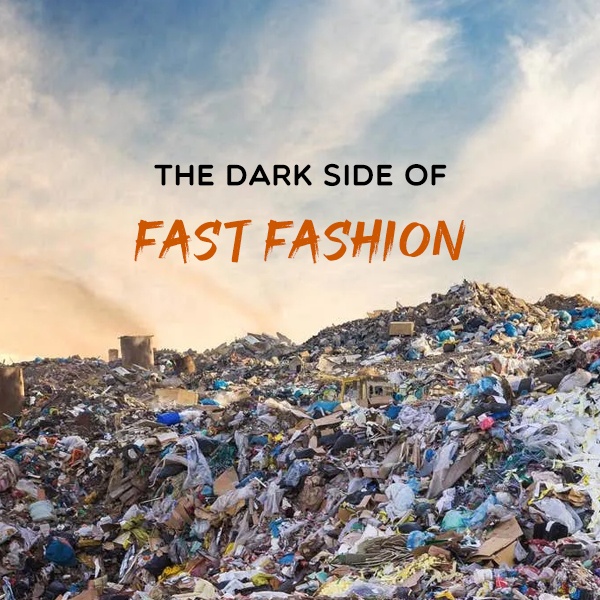
Every second, the equivalent of one garbage truck full of textiles is landfilled or burned. This staggering statistic reveals the true cost of fast
fashion's promise of affordable style. A river in Bangladesh once ran bright blue, not from nature, but from dye waste dumped by garment factories. Mountains of unwanted clothes grow higher each year in landfills across Africa and South America, many shipped from countries that no longer want them. These images show what fashion hides behind glossy shop windows.
The industry thrives on
speed and constant change, but this rush has a heavy cost. Toxic chemicals seep into soil and water. Cheap fabrics shed plastic fibres that flow into oceans. Workers in crowded factories cut and stitch clothes for long hours, often without safety or fair pay.
Fashion promises glamour, but its shadow tells a different story. The dark side is not just about waste or pollution - it affects people, cultures and the planet at once. To understand what we wear, we need to look beyond the surface and face the damage that fast fashion leaves behind.
How Fast Fashion Became a $192 Billion Industry: History & Business Model

The fast fashion industry's environmental impact devastates ecosystems while exploiting workers across developing nations. Before fast fashion, industry leaders revolutionized
clothing production, haute couture served only wealthy consumers. The Industrial Revolution changed everything by introducing machines, factories and cheaper fabrics. For the first time, everyday people could buy stylish clothes without waiting months for a tailor. This shift democratised fashion and laid the groundwork for today's mass production.
By the late twentieth century, brands like Zara, H & M and Forever 21 perfected a new system. Instead of releasing just two seasonal collections a year, they brought fresh designs into stores every few weeks. This 52-season model offers consumers new styles weekly at prices 40% below traditional retailers, creating a disposable clothing culture.
The mechanics behind this model are both global and aggressive. Companies design clothes by closely tracking celebrity looks, runway shows and now, viral social media trends. Once an idea sparks, production moves rapidly through international supply chains. Factories in low-cost countries cut, stitch and ship garments in a fraction of the time traditional fashion houses would take. Retailers then place these items directly in stores or online platforms, ready for immediate purchase.
Globalisation makes this cycle possible. Materials might come from one continent, labour from another and sales from everywhere at once. The entire system thrives on quick turnover, pushing consumers to buy more and discard faster. It is this combination of history, business strategy and technology that created the disposable fashion empire we see today.
Environmental Consequences of Fast Fashion Production
The industry leaves behind a heavy trail of pollution, waste and resource depletion that threatens ecosystems worldwide. Let us dive deep and explore the causes.
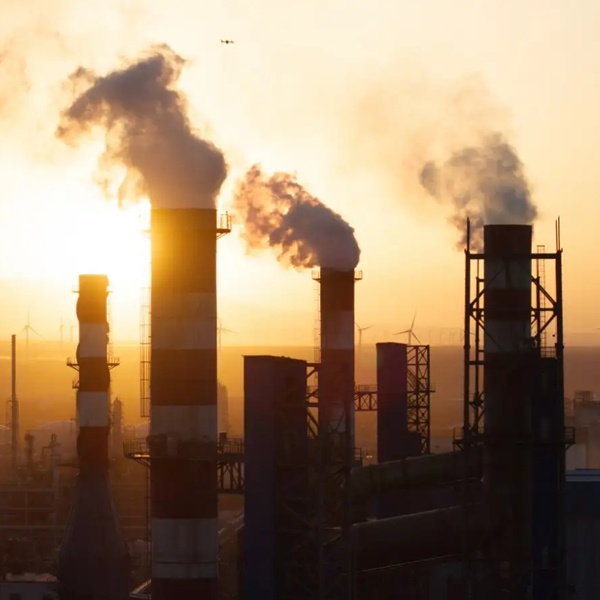
Carbon Emissions
The
fashion industry contributes nearly 10% of global carbon emissions. From fibre production to shipping racks of clothes across continents, every stage pumps greenhouse gases into the atmosphere. This makes fashion one of the most polluting industries, standing alongside aviation and shipping.
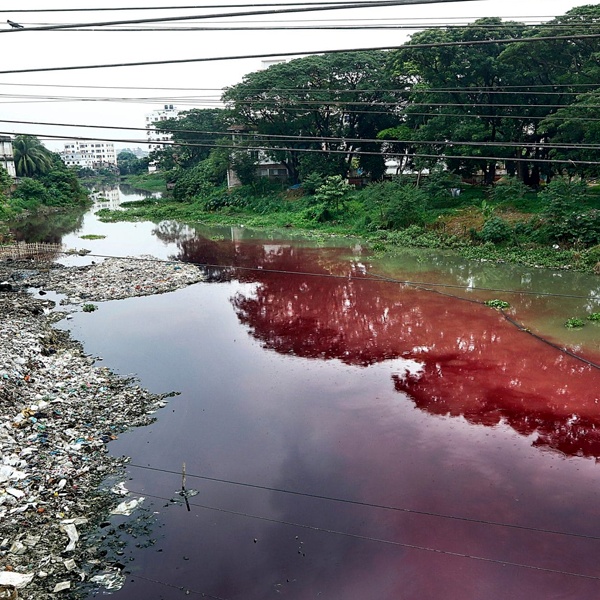
Water Use & Pollution
Clothing production drains an extraordinary amount of water. The textile sector uses around 93 billion cubic metres of water every year, while also creating about 20% of the world's wastewater. Toxic dyes and untreated chemicals often flow directly into rivers, turning waterways in manufacturing hubs like Dhaka into unsafe channels of pollution. Entire communities rely on this contaminated water, which harms both health and agriculture.
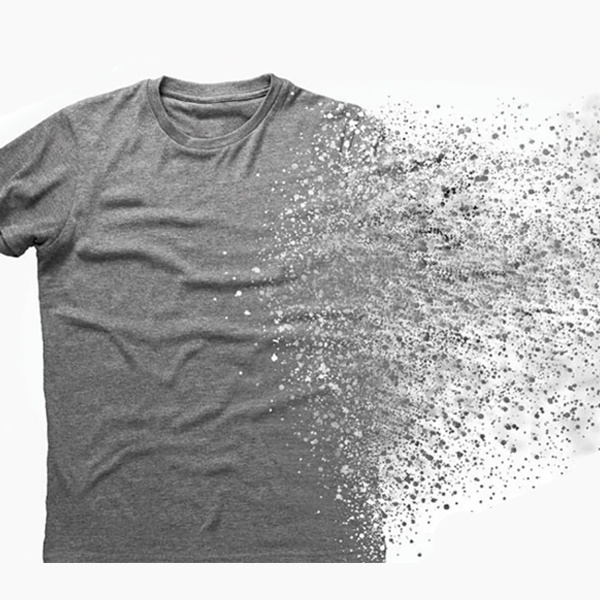
Polyester & Microplastics
Most fast fashion items rely on polyester, a plastic-based fabric. While cheap and versatile, it sheds tiny fibres every time it is washed. These microplastics slip through wastewater systems and end up in the ocean. Researchers estimate that 35% of the microplastics found in our seas come from synthetic
textiles alone, affecting marine life and entering the food chain.
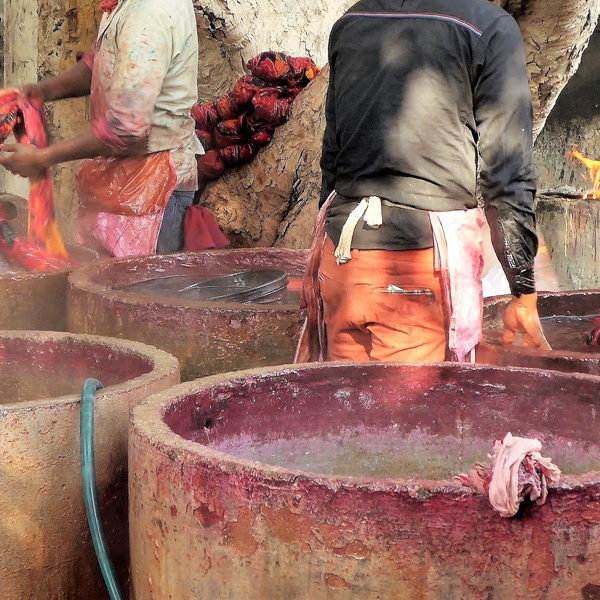
Toxic Chemicals & Textile Waste
Leather tanning uses chemicals such as chromium, which expose workers to health risks and poison nearby water sources. Beyond production, the waste problem is staggering. The world discards about 92 million tonnes of textile waste every year, much of it non-biodegradable. Projections show this figure could reach 134 million tonnes by 2030 if current consumption patterns continue.
Fast Fashion Labor Exploitation: Sweatshops, Child Labor & Worker Safety Crisis
Fast fashion often hides a disturbing reality: the people who make these clothes pay the highest price. Factories in countries such as Bangladesh, India and Cambodia run on cheap labour, where human rights are repeatedly ignored.
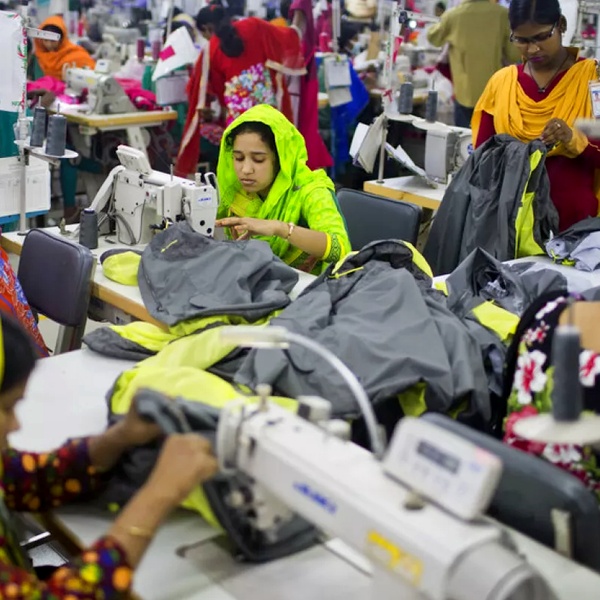
Sweatshop Realities
Sweatshop conditions are the norm rather than the exception. Workers sew for 14 to 16 hours a day with little rest, often six or seven days a week. Wages remain shockingly low, barely enough for food and rent. Forced overtime is common and those who refuse risk losing their
jobs. Many of these factories lack proper ventilation, fire exits or clean drinking water.
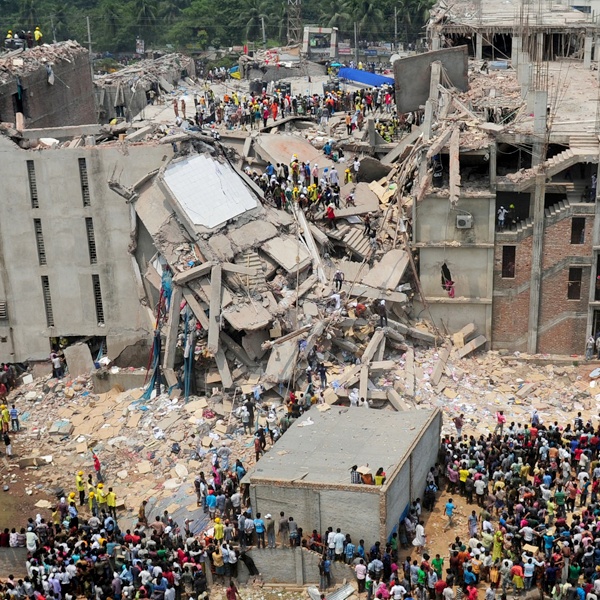
Industrial Tragedies
It show just how unsafe these environments can be. The Rana Plaza collapse in 2013 killed over 1,100 garment workers and injured thousands more, exposing the dangerous conditions of the fashion supply chain. A year earlier, the Tazreen factory fire in Dhaka trapped workers inside a locked building, killing at least 112 people. Sadly, such accidents are not rare but a recurring pattern.
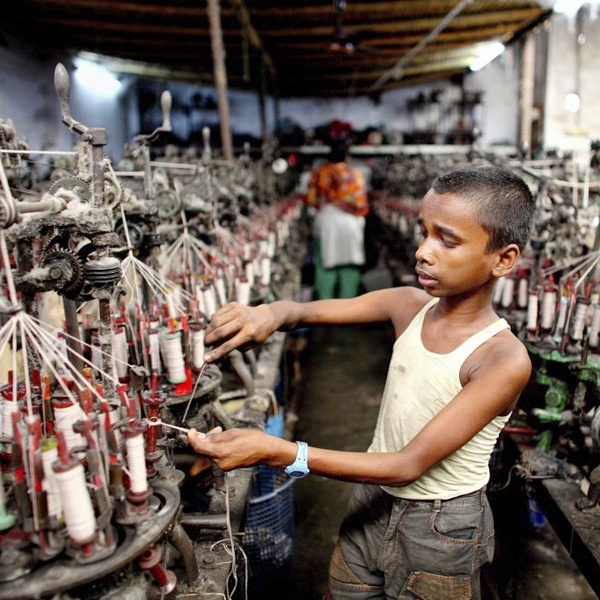
Child Labour & Hidden Exploitation
Exploitation also targets the most vulnerable. According to UNICEF, around 100 million children are linked to the global garment supply chain. The International Labour Organization estimates 170 million children worldwide are forced into labour, many in textile and clothing production. These children lose their education, work long hours and face constant physical and emotional strain.
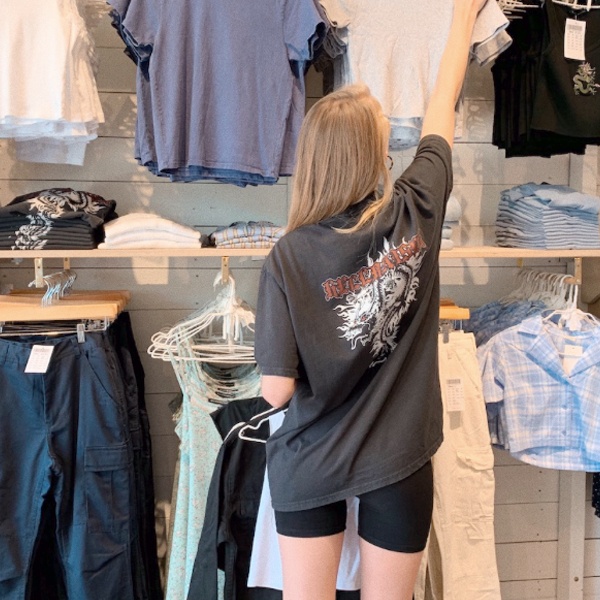
Brand-specific Toxic Culture
Even popular fashion brands reveal toxic work cultures. Brandy Melville, for example, has faced criticism for its exclusionary 'one size fits most' approach, pressuring unrealistic body standards. Reports also exposed discriminatory hiring practices, unsafe workplaces and sexual harassment within the company.
The Hidden Social and Psychological Costs of Fast Fashion
Fast fashion is not only about clothes and trends. It also shapes how people think, behave and see themselves. Beyond the environmental and economic
issues, the social and psychological effects are equally troubling.
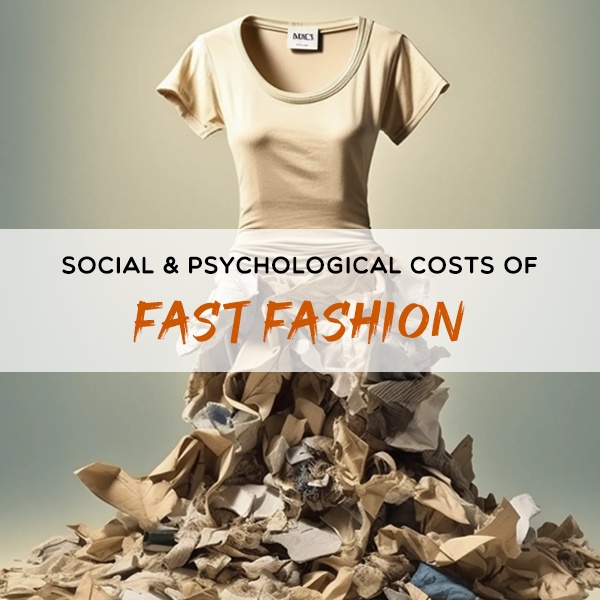
- Overconsumption & the throw-away mindset - Ultra-fast fashion thrives on speed. New styles arrive every week, making last month's purchase feel old. This endless cycle encourages people to buy more than they need and treat clothes as disposable. The habit of constant shopping may give a short burst of excitement, but it quickly fades, leaving behind waste and dissatisfaction.
- Impact on body image and self-esteem - The industry often promotes narrow beauty ideals through its models and marketing. These images suggest that only certain body types, skin tones or appearances are fashionable. Many young people feel pressured to match these unrealistic standards, which can harm self-esteem and mental health. The constant push to 'fit in' with the look of the moment creates stress and insecurity instead of confidence.
- Cultural Appropriation in Fashion - Another overlooked issue is cultural appropriation. Fast fashion brands often copy traditional patterns, symbols or garments from different cultures without giving credit or respecting their meaning. What holds deep cultural value gets turned into a cheap trend. This not only disrespects the communities who created those designs but also erases their identity by stripping the work of its history and context.
The social and psychological side of fast fashion shows that its damage goes far beyond fabric and factories. It reshapes values, fuels harmful mindsets and takes away respect from culture and individuality.
Why Fast Fashion Keeps Growing: The Economics Behind It

Fast fashion runs on speed, scale and low prices. The
business model is simple but powerful - produce clothes quickly, sell them cheap and refresh collections constantly. This cycle keeps shoppers buying more often, which pushes the market to grow at an extraordinary pace. In 2024-25, the global quick fashion industry was worth around 162 billion US dollars. By 2030, it is expected to jump to nearly 192 billion US dollars. Such explosive growth shows how deeply it has shaped modern shopping habits, especially in countries with young, trend-hungry populations like India.
But the money that fuels quick fashion mostly comes at the cost of producing countries. Nations such as Bangladesh, Vietnam and Cambodia carry the weight of this industry. Bangladesh is one of the biggest examples - it earns most of its export income from garments, yet workers often take home wages as low as 30 to 60 euros a month. That is barely enough for survival, even though the country's economy depends heavily on these factories. The low labour costs make it attractive for global brands, but they also lock workers in cycles of poverty.
The market dynamics create a clear divide. On one side, brands and retailers enjoy massive profits from quick sales. On the other, producing nations depend on fast fashion exports for economic stability, even while workers struggle with poor pay and limited rights. This imbalance is what keeps the machine running, making fast fashion not just a trend but a global economic system with winners and losers.
Sustainable Brands & Ethical Alternatives
Fast fashion may look tempting, but there are better ways to enjoy style without harming the planet.
Sustainable alternatives focus on eco-friendly materials, circular systems, mindful design and conscious shopping habits. Let's break them down clearly.
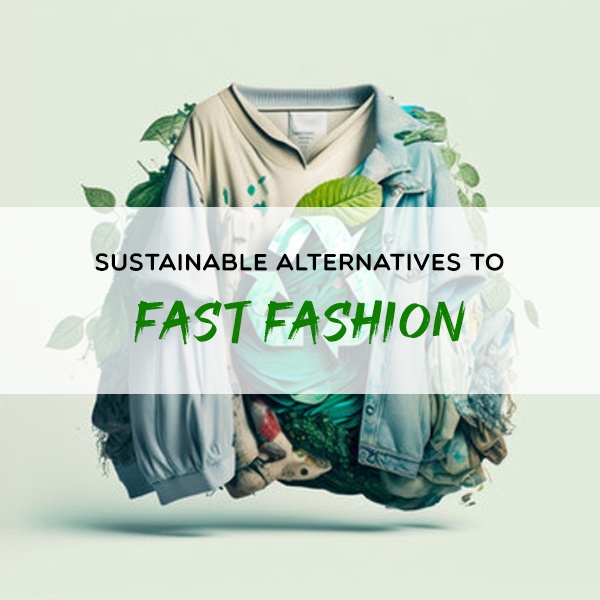
- Greener Materials - Switching fabrics makes a big difference.
- Organic cotton uses about 91% less water and creates 46% fewer emissions compared to regular cotton.
- Tencel (Lyocell) is made from wood pulp, processed in a closed-loop system that reuses water and chemicals.
- Hemp grows quickly, needs little water and enriches the soil.
- Recycled fibres give new life to old clothes and plastics, reducing landfill waste.
Animal-friendly choices are also growing: - Vegan leather made from plants or recycled waste.
- Cruelty-free silk created without harming silkworms.
- Mulesing-free wool that respects animal welfare.
- Circular Fashion Systems - The industry is slowly moving away from throwaway culture.
- Upcycling turns old clothes into new pieces with fresh designs.
- Resale platforms extend the life of garments by finding new owners.
- Repair culture encourages fixing rather than discarding.
- Recycling programmes by brands collect worn items and remake them into new fabric.
- Role of Education and Innovation - Fashion schools now teach sustainability as part of the design process. Students learn how to design with minimal waste, choose better fabrics and plan for a product's full life cycle. Designers play a key role in shaping consumer habits by creating collections that last longer, use natural dyes or promote multifunctional clothing.
- Power of Consumers - Every purchase has an impact. Small changes matter:
- Buy fewer clothes, but choose durable, good-quality ones.
- Look for labels that share details about sourcing and worker welfare.
- Support ethical and local brands that respect both people and the planet.
- Value timeless pieces instead of short-lived trends.
Real-World Cases that Expose Fast Fashion's Truth
Looking at actual examples helps us understand how fast fashion affects people, the planet and the industry itself. Here are some important case studies that show both the dark side and the attempts to fix it.
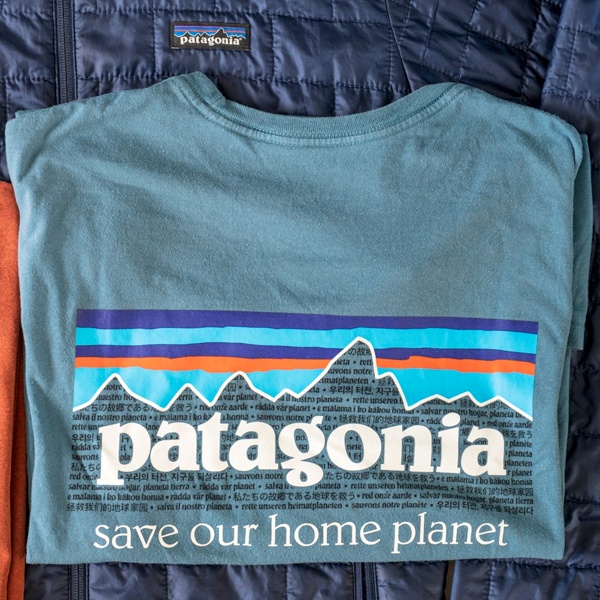
Patagonia
(A Different Path)
Patagonia has built its name by going against fast fashion. Instead of pushing endless new collections, the brand encourages customers to repair and reuse clothes. Their 'Worn Wear' programme even resells used items. This model proves that fashion can be profitable without harming the environment through wasteful overproduction.

Eileen Fisher
(Slow & Steady Growth)
Eileen Fisher focuses on timeless designs and
sustainable fabrics. The company takes back old garments and turns them into new ones, reducing textile waste. This case highlights how brands can reduce pressure on natural resources by choosing quality over quantity.
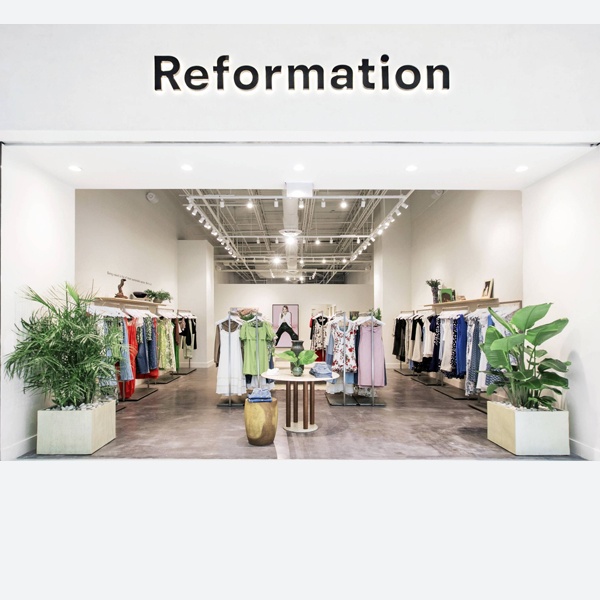
Reformation
(Fashion with Responsibility)
Reformation uses eco-friendly materials and tracks the carbon footprint of each product. They share this data openly with customers, which makes the brand more transparent. In a market dominated by cheap fast fashion, Reformation shows that young buyers still support sustainability when it looks stylish.
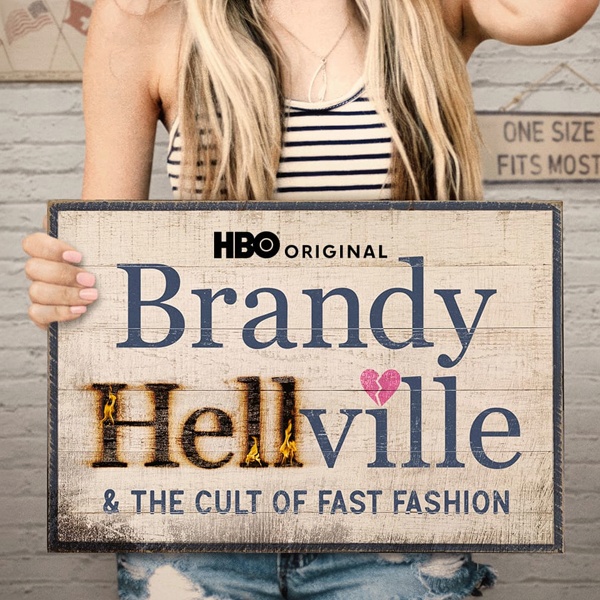
Brandy Melville & its Culture
(The Darker Side)
The HBO documentary Brandy Hellville & The Cult of Fast Fashion exposed how a popular brand targeted teenagers with toxic culture, discriminatory hiring and exploitative practices. This case shows that fast fashion's harm is not just environmental but also social, shaping unhealthy body ideals and workplace issues.
Fast fashion's low prices come with a heavy cost - carbon emissions, water pollution and microplastics, unsafe factories and exploitation that fuel a throwaway mindset. The way forward is simple: buy less and better, repair and resell, choose organic or recycled fibres, and support transparent, ethical brands (look for trusted certifications). Style can be sustainable when we value durability, fairness and circularity.
FAQ about Dark Side of Fast Fashion
1. Can second-hand clothes be imported into India?
Import of used clothes is restricted. Only some sales from Special Economic Zones are allowed with permission. Selling your own used clothes in India is fine.
2. How can I check if
handloom or khadi is real?
Look for the Handloom Mark or Khadi Mark. These are official labels that prove the product is genuine.
3. What is the Eco-mark in India?
The Eco-mark is a new label for eco-friendly products. It shows that the product follows environmental rules made by the government.
4. Do washing
machines in India need filters for microfibres?
No rule yet. But microplastics are a concern. Washing full loads and using filter bags can help reduce fibre waste.
5. Does Zero Liquid Discharge (ZLD) stop all dye pollution?
ZLD in places like Tiruppur has reduced liquid waste, but it needs a lot of energy. It is helpful, but not a complete solution.
6. Is buying export surplus clothes okay?
It avoids waste, but the source is often unclear. Always check labels and ask sellers about the stock.
7. Where does India recycle most old clothes?
Panipat in Haryana is a big hub. Old clothes are turned into blankets, rugs, and yarn.
8. Are viscose or rayon clothes always eco-friendly?
No. They come from wood pulp but need chemicals. Only products made from certified pulp and safe processes are better for the planet.
9. Can 100% cotton T-
shirts be composted?
Plain cotton can break down, but dyes and polyester stitching may leave waste. Donate or recycle first.
10. What eco labels should I look for in India?
Look for GOTS, GRS, Fairtrade, or India's own Handloom and Khadi Marks.
11. What can I do with old uniforms or event clothes?
Swap with others, stitch into bags or cushions, or sell to local scrap collectors.
12. Do
festivals and weddings add to fashion waste?
Yes. Many buy clothes just for one event. Renting, mixing styles, or reusing fabrics can reduce waste.
13. How can brands avoid greenwashing?
They should give clear details like '60% recycled polyester, GRS certified'. Vague words like 'eco' or 'green' without proof are misleading.


















 CONTACT USWaves Institute of Fashion Designing,
CONTACT USWaves Institute of Fashion Designing,